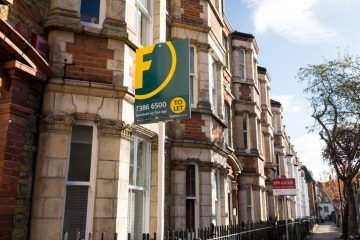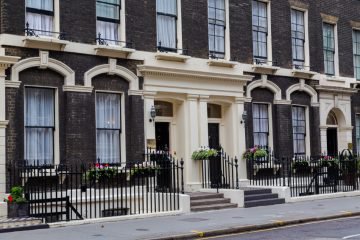London’s Top Commuter Towns for Property Investment Revealed
With a growing number of Londoners renting homes outside of the capital, due to stretched affordability, more buy-to-let landlords are now looking beyond the confines of London when investing in property. To help you decide where to invest, the top commuter towns for those working in the capital have been revealed…
Credit specialist TotallyMoney has ranked London’s commuter towns, based on average house prices, length of a train journey into the capital, the cost of an annual season ticket, and the commuter town’s Office for National Statistics lifestyle rating.
Cheshunt in Hertfordshire came out on top for property investment this year.
Located around 26 minutes from central London, a season ticket here, which costs £2,288 per year, is the fifth cheapest of the 116 towns analysed in the study.
For buy-to-let landlords thinking of investing in property in Cheshunt, the average house price is currently £384,248.
According to TotallyMoney, the level of life satisfaction in the town is ranked at 7.92, which is the same as Waltham Cross (also located in Hertfordshire), the town that came in second place.
Commuters in Waltham Cross can expect to pay £2,028 for an annual season ticket and travel for around 28 minutes to get into London.
However, house prices here are slightly more expensive, at an average of £390,612.
High Wycombe, Buckinghamshire, ranks in third place.
The average journey time into the capital is 30 minutes, while the typical property value is £331,092.
Hatfield in Hertfordshire, Gravesend in Kent, and Broxbourne in Hertfordshire also made the top ten commuter towns for property investment, along with Watford Junction in Hertfordshire, Basingstoke and Overton in Hampshire, and Hemel Hempstead in Hertfordshire.
If you’re looking to cater to high levels of tenant demand in London’s commuter towns, take note of the top locations detailed in this study.





